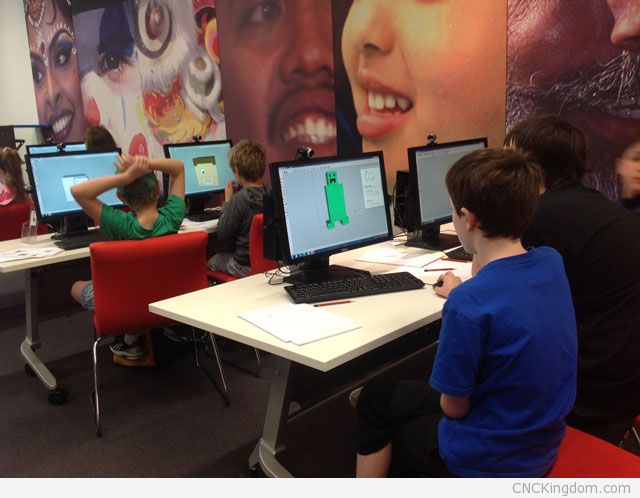Karen Marsh, Manager of Fab Lab Adelaide and ANAT Enterprise (Australia)
While I lived in Adelaide, I was invited but wasn’t able to make it to the Fab Lab Adelaide opening – I did keep in contact with Karen though and waited till things got a bit more developed before asking her if she’d be interested in being interviewed – thankfully she agreed!
Key takeaways:
- Find partnerships where a mutually beneficial relationship can be established.
- Follow your passion and everything else will work itself out in the end.
- 3D printing is a revolution but it still has some growing pains.
You can visit Karen’s Fab Lab Adelaide at http://fablabadelaide.org.au.
You’ve been a business development manager for some of the biggest music brands in the world. What was that experience like and why did you eventually leave the industry for a career in digital fabrication?
 My career started out in the mid nineties in independent music distribution, at Rough Trade. During this time, I worked with some amazing independent record labels, including Beggars Banquet and Infectious, the UK arm of Mushroom Records.
My career started out in the mid nineties in independent music distribution, at Rough Trade. During this time, I worked with some amazing independent record labels, including Beggars Banquet and Infectious, the UK arm of Mushroom Records.
There was an incredible feeling of grassroots creativity coming out of some of these labels, and I greatly enjoyed being a part of it. However for financial reasons (there was no money to be made in independent distribution!) I then moved over to major labels, working for EMI and Universal Music in international business development roles.
When I moved to Australia in 2008 I felt a need to reconnect with grassroots creativity and innovation – hence my interest in the ‘maker movement’ and enabling people to bring their ideas and inventions to life using digital fabrication techniques.
I have yet to attend a Maker Faire though I’ve had some of my work displayed or cut at several of them. What is it about the community that makes it such a vibrant and creative one? How did you initially get involved and when is one coming to Perth?
Mini Maker Faires are independently organised events licensed from the US Maker Faire brand – and hence all you need to have one is Perth is a space to hold the event, a relatively small amount of funding to cover core costs (such as trestle table hire), and some willing volunteers!
I think Maker Faires are vibrant and creative events because they are community driven – the community shapes the event. A Maker Faire is nothing without the diverse group of makers that take part, whether as volunteers or exhibitors.
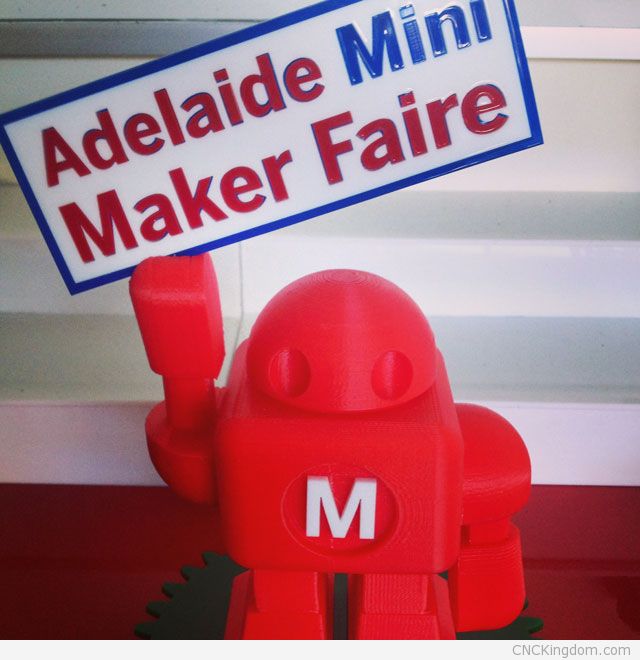
You recently opened a FabLab in Adelaide. What were some of the challenges you faced finding space, investors to pay the bills and developing partnerships in the local community to support its mission?
Fab Lab Adelaide opened in November 2012. We were very lucky in that we were able to secure space at Adelaide College of the Arts, which has so far proven to be a very beneficial relationship (we get the space, and the art college staff and students get access to equipment and expertise).
People are fascinated by the Fab Lab concept and hence we’ve not found it especially difficult to develop partnerships, although funding is an ongoing challenge.

What has the response to FabLab Adelaide been thus far and what are your plans for the future of FabLab in general? Do you want to expand it to other states?
The response to Fab Lab Adelaide has been amazing. Australia has a great tradition of maker culture – although it has not always been known by that name. ‘Shed Culture’ is a more familiar term locally.
There is a huge demand for spaces that enable people to engage with new technologies and collaborate with each other. We have had around 5000 visitors to the Lab in the 15 months that it has been open (and it’s only open 2 days per week). We would very much like to expand the Fab Lab concept to other states and are always looking for collaborative opportunities.
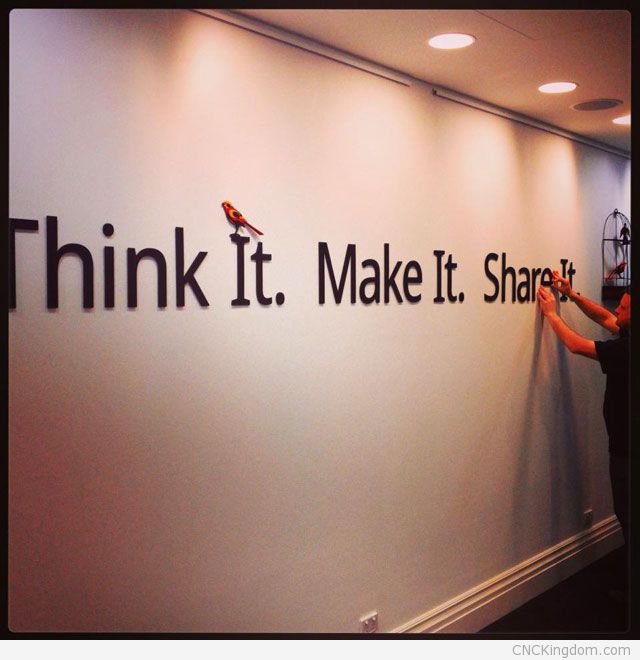
What does a manager at ANAT (Australian Network for Art and Technology) do and how different is the experience compared to working with major music labels?
ANAT supports artists working with science and technology. We see that some of the most exciting developments in 3D printing have come about due to artists experimenting with the technology – see for example the amazing sculptures created by US artist Neri Oxman of MIT, using 3D printers.
Fab Lab Adelaide is managed by ANAT.
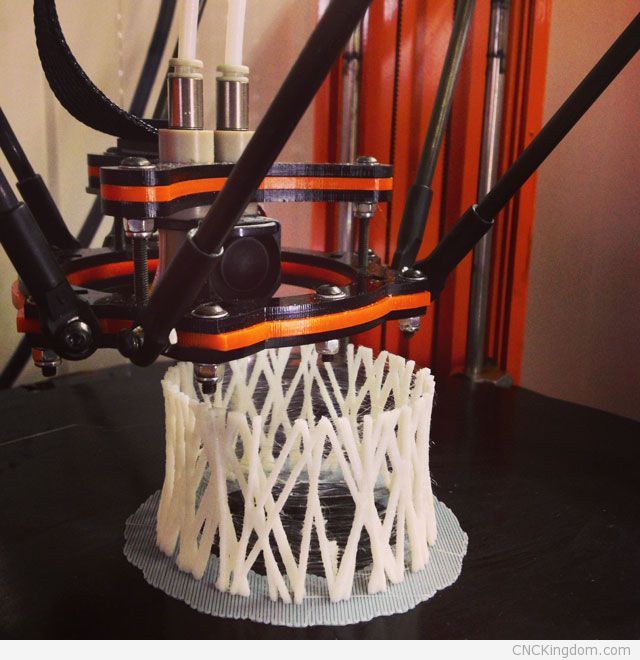
What are your views on 3D printing? Specifically, what is holding the technology back and when do you think mainstream adoption will occur? Companies like 3D Systems are coming out with “apps” that take out the complexity of 3D modeling but by their very nature, this also limits creative options.
I am a big fan of 3D printing. I think that whenever people get to see 3D printers in action, they work out a way in which the technology can be applied to their own needs. For example I use Fab Lab printers to quickly make doll’s house furniture for my children. This is a trivial example of how 3D printing can be used but it shows how it can satisfy different needs. When you think about how it can be applied to far more complex problems such as making custom prosthetics and 3D printing of spare parts in space (see for example how NASA will put a 3D printer onto the ISS in 2014), it is clear that 3D printing is a hugely versatile and exciting technology.
Regarding what is holding the technology back, I don’t think it actually is being held back by very much – the innovations that have come about in the last 2 or 3 years (such as low cost dual extrusion heads) have seen the industry grow exponentially. However factors that limit it include the fact that low cost 3D printers mostly print in plastic, the fact that 3D printers aren’t very user-friendly and require a lot of maintenance, and the fact that most 3D design programs require a steep learning curve before they can be used to design printable models.
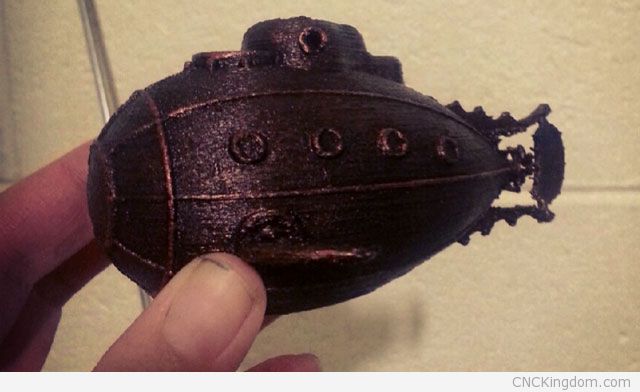
The music industry was thrown onto its knees with the advent of digital piracy and has never really recovered, I can’t help but see parallels of this coming-up again as 3D printing goes mainstream. I’ve seen this myself with people unwilling to buy prints when they can get thousands of dubious quality prints from other sources. Is there a future for designers in the 3D printed space where files are easier to acquire than MP3s?
This is a big question and I’m not sure that I have any answers. Clearly anyone can download free 3D designs from sites such as Thingiverse and print them off themselves. However designing 3D models is not a simple process and there will always be a need for skilled designers.
There may also be a future business model in which manufacturers make design files for spare parts available at a cost, to be printed via 3D printing bureaus. This is one way around the thorny issue of 3D digital piracy.
